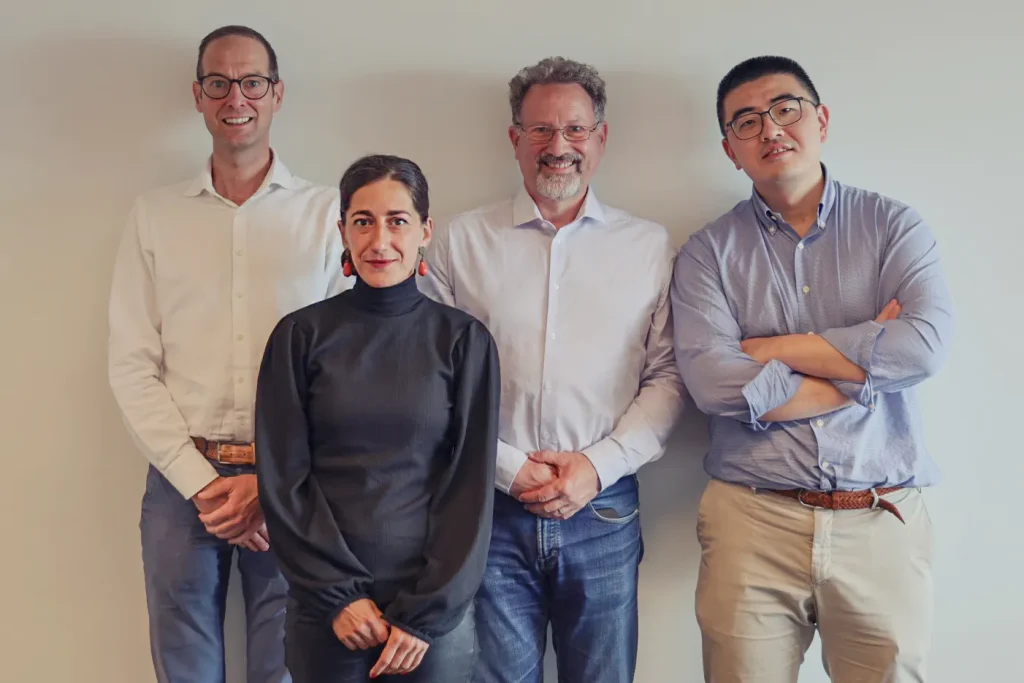
Axithra develops a technology platform for therapeutic drug monitoring (TDM) to quickly and accurately measure drug concentrations in a patient’s blood.
“Due to the simplicity and speed of our platform, we can customise medication for each individual patient, even with rapidly changing conditions, and in all sorts of environments, including outside the traditional hospital lab,” says Axithra CEO Dr Leander Van Neste.
The seed round led by imec.xpand and co-led by Kurma Partners amounted to 10 million euros, was supported by investors including Qbic, Noshaq, White Fund, and Wallonie Entreprendre, as well as two corporates, i.e. Hamamatsu Photonics and Werfen Diagnostics.
For many drugs, the correct dosage is crucial to ensure the optimal effect. It is a constant focus in hospital units with seriously ill or debilitated patients, who often exhibit physiological changes over time, such as those in the intensive care or oncology unit.
When administering insufficient doses, a drug loses effectiveness, while excessive doses may cause toxic, potentially fatal, side effects. Axithra will develop a therapeutic drug monitoring (TDM) platform based on optical technology. It aims at fast and accurate measurement of drug concentrations in blood, enabling timely adjustments of dosages, when needed.
As a first application the spin-off will deploy its technology to measure the concentration of beta-lactam antibiotics in a patient’s blood. This class of antibiotics is by far the most commonly used to treat or prevent bacterial infections and is administered to millions of intensive care patients each year. Axithra’s platform will ensure that treatments can be optimally tailored to the individual patient. Over time, other drug classes will be incorporated in the pipeline.
“Given the large variation between patients in intensive care, this development will enable us to better treat our patients with severe infections, and protect them from possible harm,” says Prof. Jan De Waele, intensivist at the Ghent University Hospital and President-elect of the European Society of Intensive Care Medicine, “ because current solutions have long turnaround times, Axithra’s platform will help us to intervene more quickly, improving outcomes of severe infections and reducing the length of stay of patients in the intensive care unit, hereby decreasing costs.”
Axithra is a perfect example of how processes developed for the semiconductor industry are now leveraged in the life sciences domain. Axithra combines imec’s semiconductor process knowledge with the unique photonics expertise of the Photonics Research Group, an associated imec lab at Ghent University.
“Our Raman-on-chip technology is the basis of Axithra’s solution. Raman spectroscopy is a commonly used technique for accurately identifying and quantifying molecules. Integration on a photonics chip makes this technique much more sensitive,” says Prof Roel Baets head of photonics at Ghent University.






